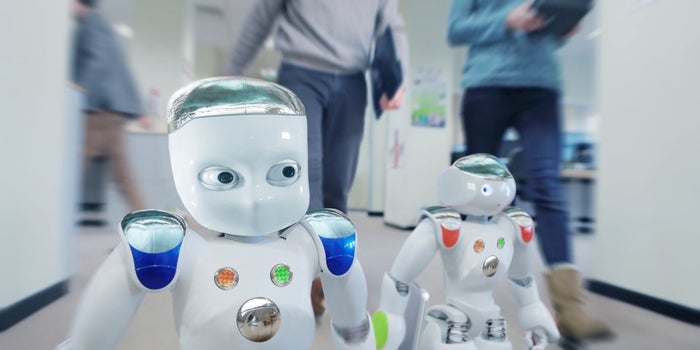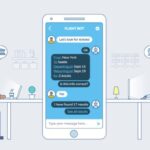So what does this mean for the future? According to research compiled by Online Schools Center, by 2025, the amount of robots in the U.S. could quadruple, and by 2033, nearly half of all jobs in the country could be at risk of automation. In order to accomodate a world where robots make up half the workforce, some professionals suggest a universal basic income with heavy corporate taxes be implemented along with the removal of employment-based income. Of course, that’s easier said than done, but imagine a technology-driven world where most things are free and luxuries such as driverless cars, AI personal assistants and smart home tech are common.

As scary as it all might sound, a robot revolution doesn’t necessarily have to be a bad thing. Like the industrial revolution of the 18th and 19th centuries, by having machines take over human labor and humans to contribute more cognitive labor, the AI revolution could have similar outcomes. People will have more time to pursue hobbies and passions, volunteer and learn about new technologies. That’s not so bad, right?
The idea of a robot revolution is becoming more and more realistic. On average, one robot can do the job of 5.6 persons in the manufacturing industry. However, artificial intelligence threatens more than just manufacturing. From IBM’s Watson, which can specify cancer treatments for patients, to the rise of self-driving cars, AI is infiltrating nearly every industry and diminishing the need for the human touch.






